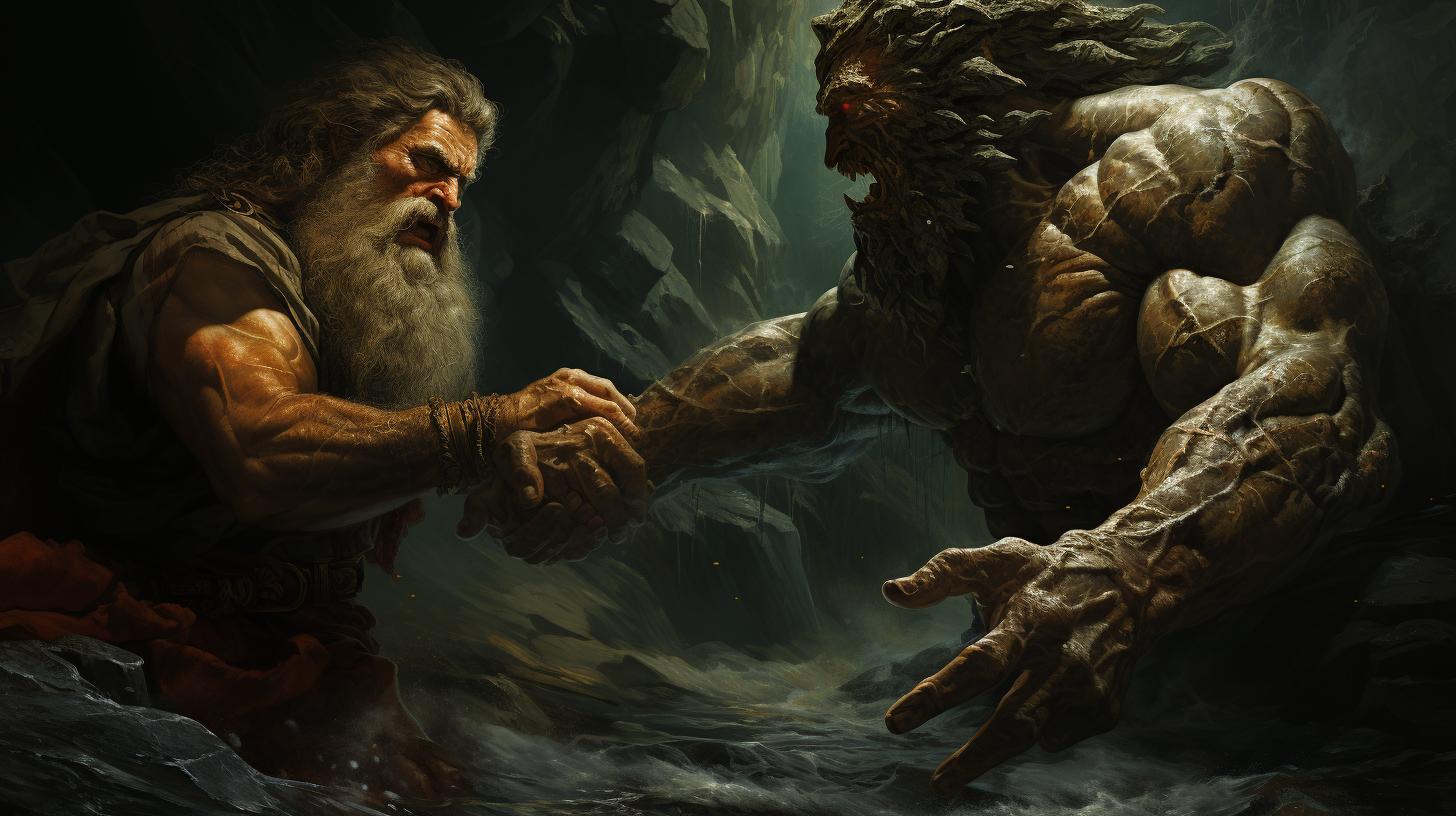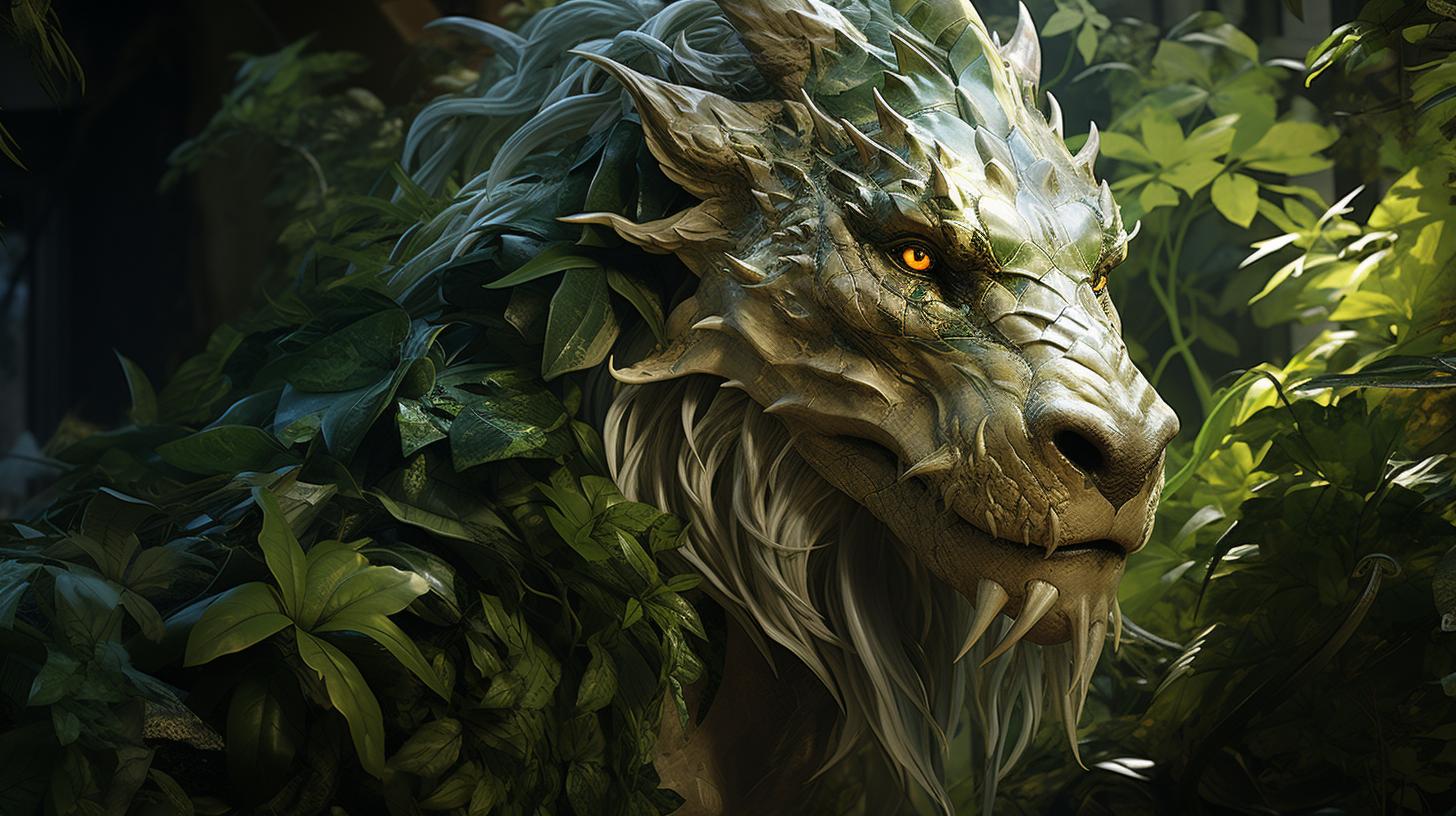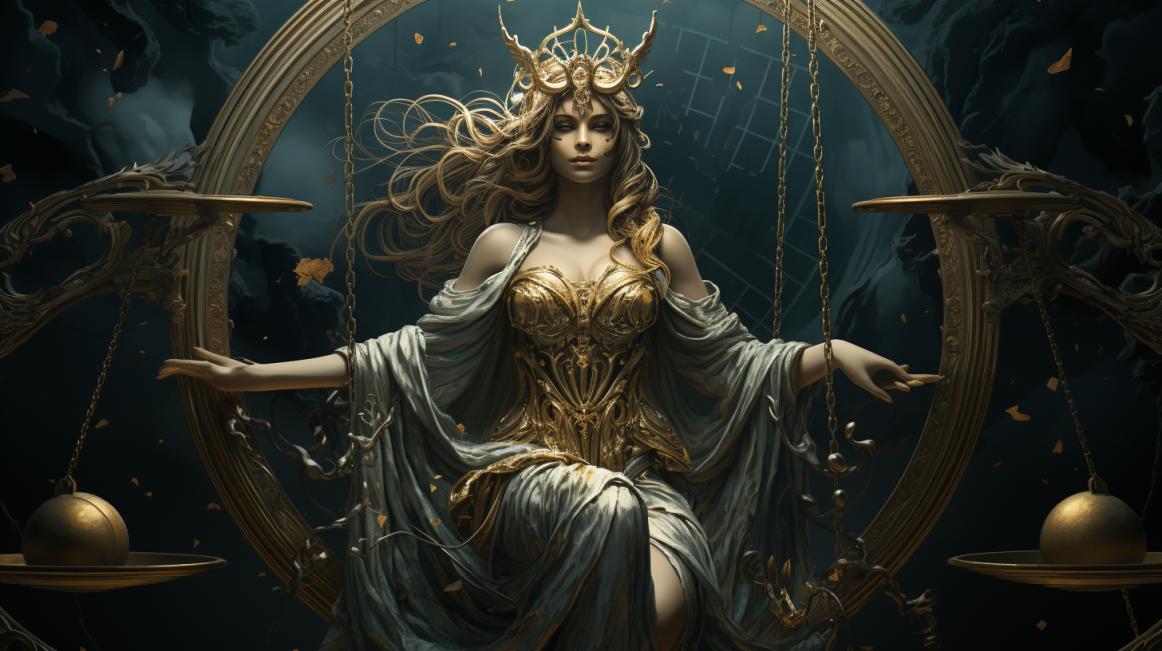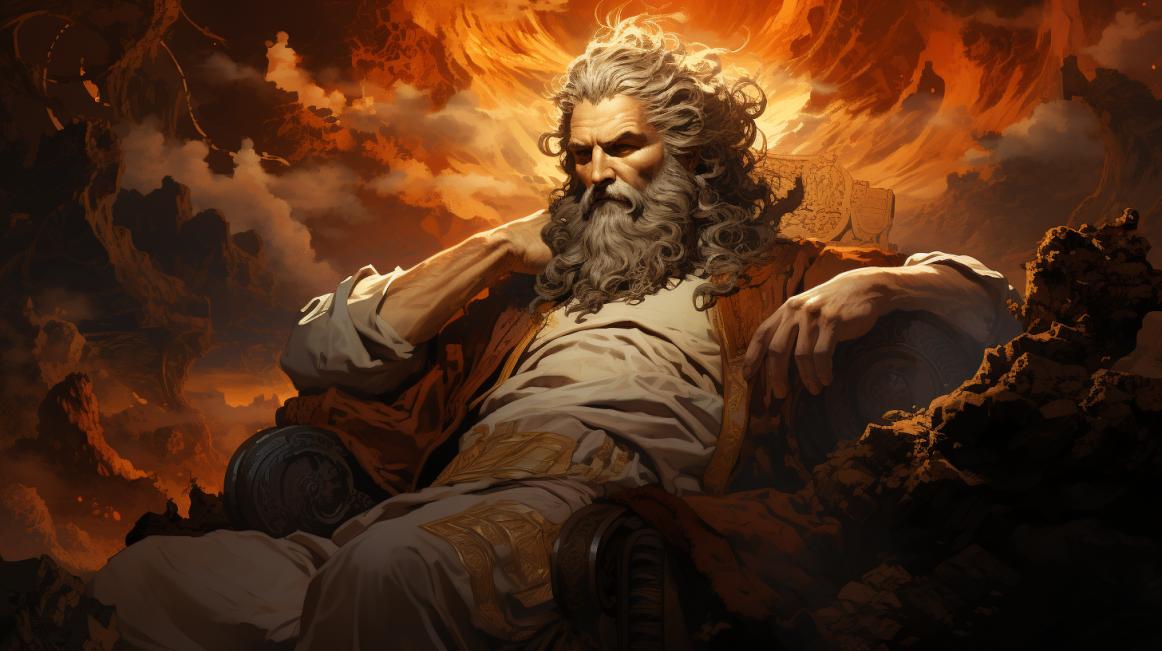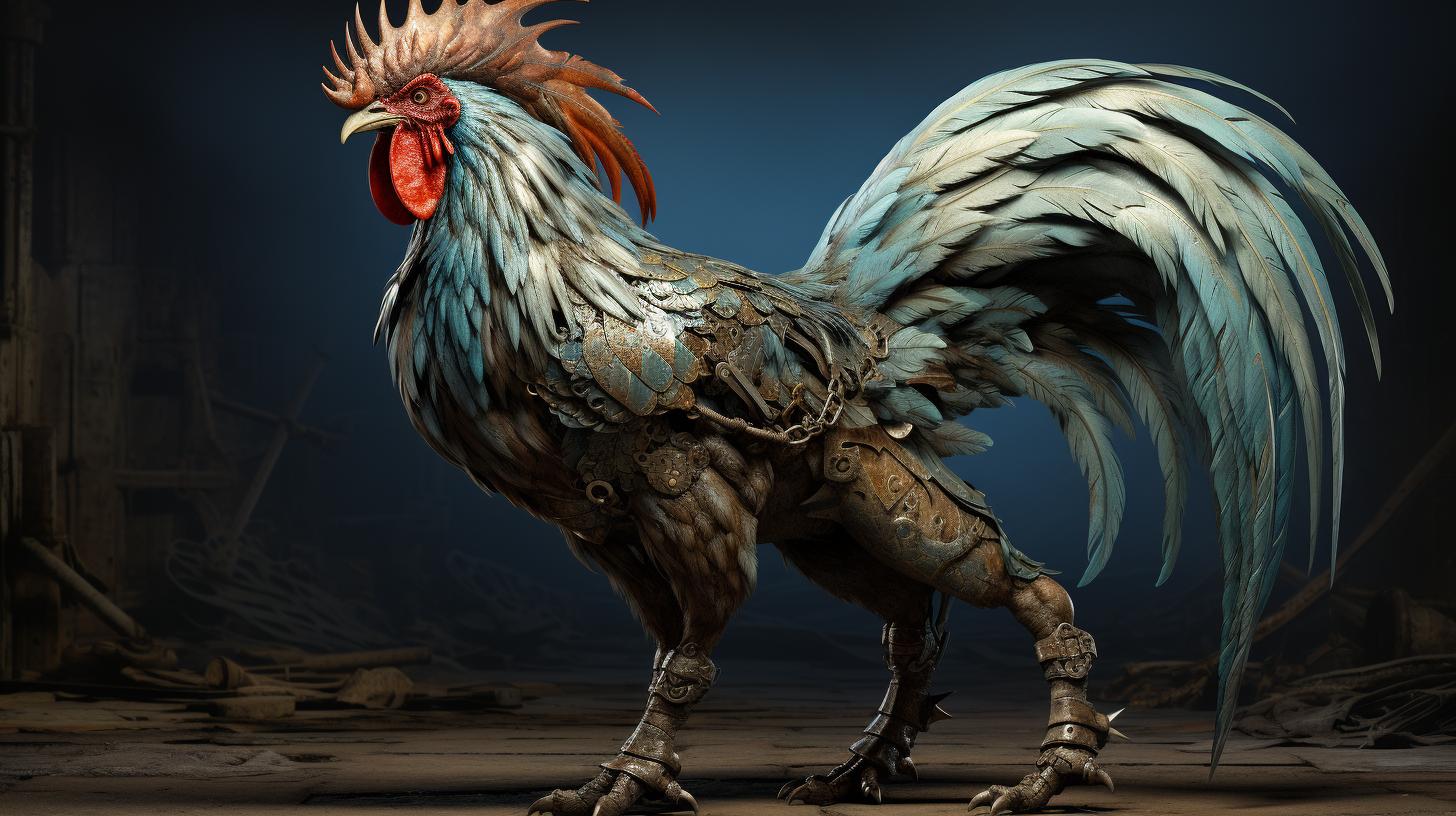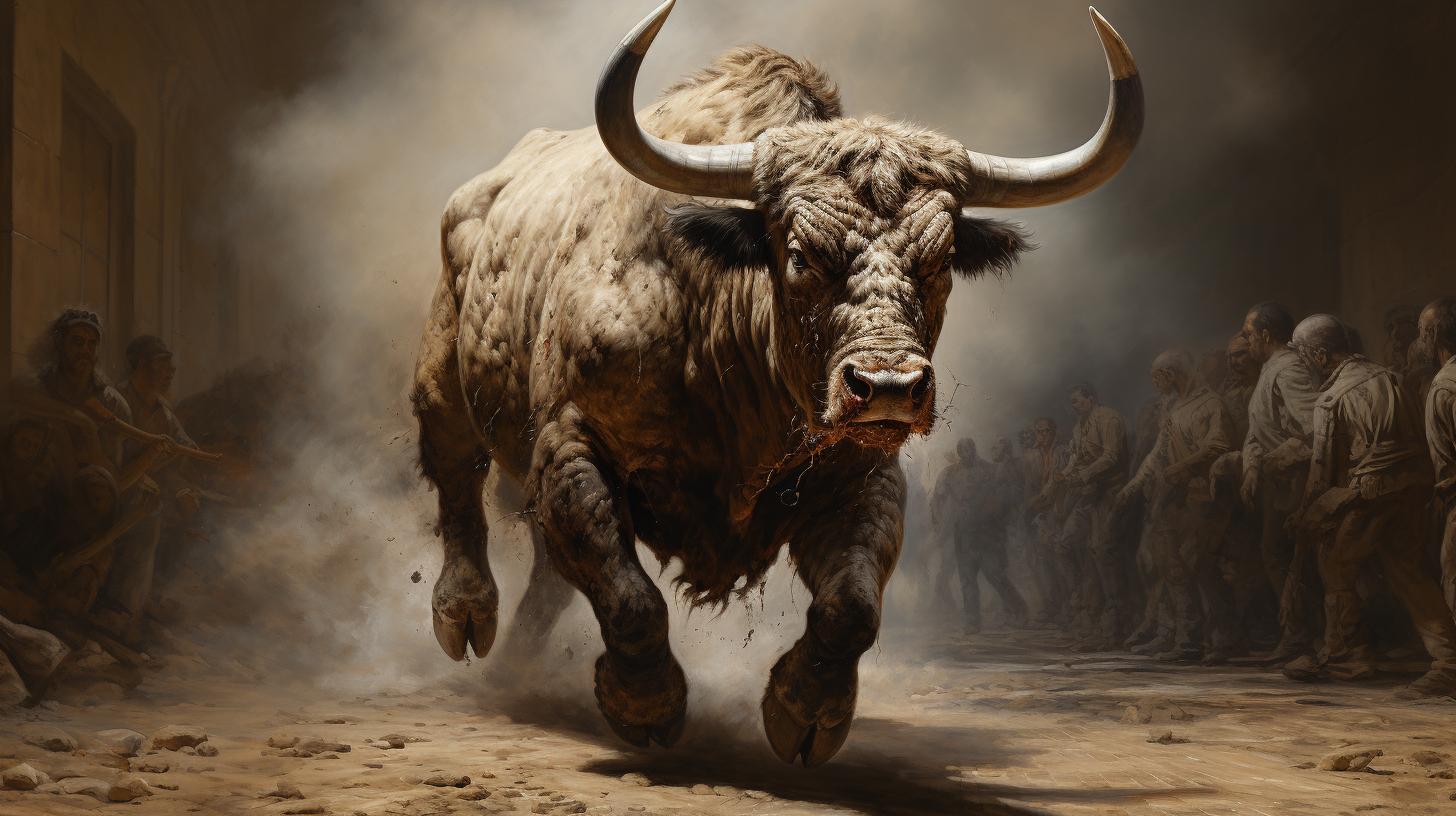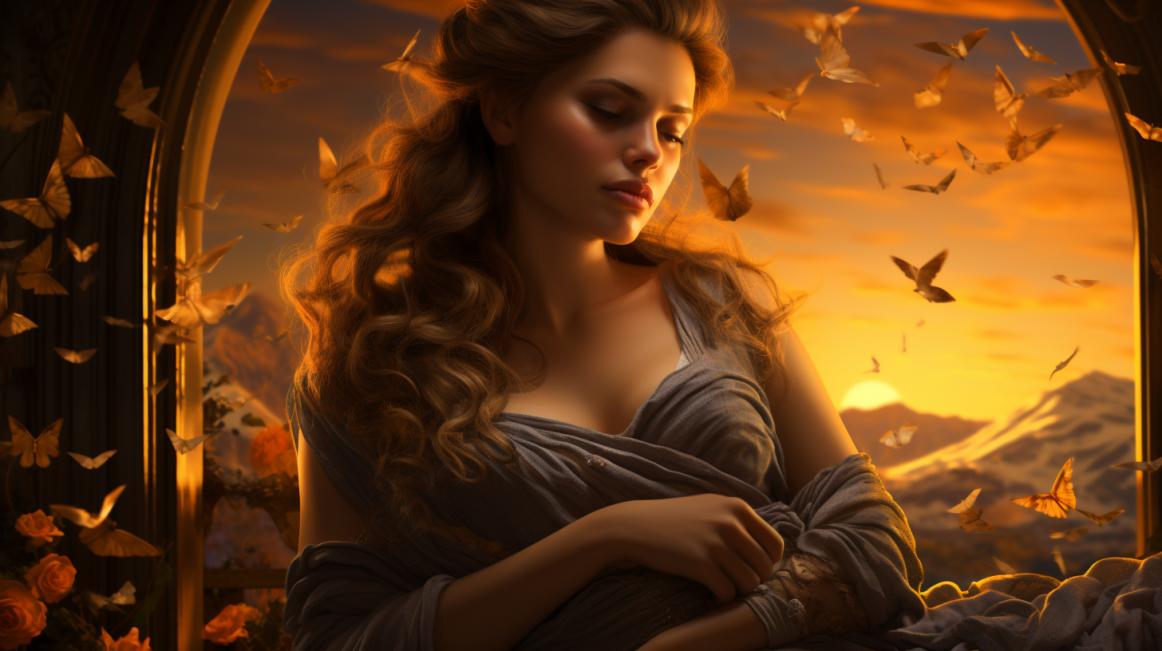Hercules vs Achelous: A Mythical Battle Unveiled
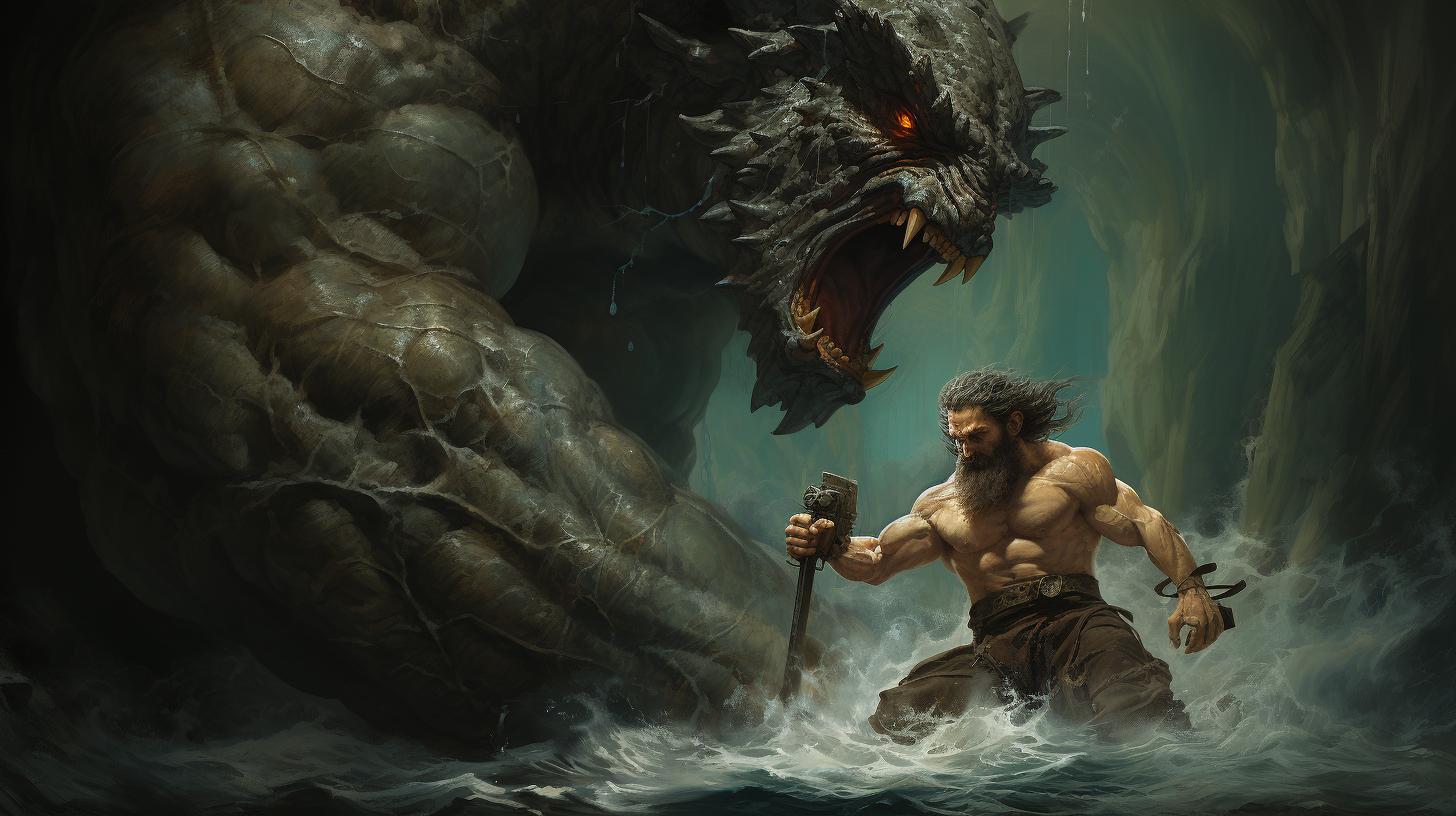
Achelous and Hercules, two iconic figures from Greek mythology, engage in an epic battle of strength and transformation. The clash between these powerful beings captivates with its symbolism and artistic interpretations.
From wood sculptures to murals, their legendary struggle is depicted in various forms, showcasing both the might of Hercules and the transformative nature of Achelous. Join us on a journey to explore the mythological showdown that has inspired countless works of art and left a lasting legacy in the realm of Greek mythology.
Achelous in Greek Mythology
Delve into the intriguing world of Achelous, a pivotal figure in Greek mythology. Learn about the profound meaning and symbolism behind Achelous, his parentage, and his unique role as the River God.
Meaning and Symbolism of Achelous
Uncover the rich symbolism associated with Achelous and explore the meanings attributed to this significant mythological character. Discover how Achelous represents the power and force of rivers and the transformation that water embodies.
Parents and Family of Achelous
Unravel the familial ties of Achelous and learn about his parentage within Greek mythology. Gain insights into the divine lineage and connections that shape the role and significance of this esteemed deity.
Achelous: The River God
Immerse yourself in the essence of Achelous as the River God and his pivotal position within the Greek pantheon. Explore his association with bodies of water, his influence over nature and fertility, and the impact he has on the ancient Greek world.
Hercules vs Achelous: The Mythical Battle
The clash between Hercules and Achelous is a legendary showdown that exemplifies strength and resilience. This section delves into the various aspects of their epic confrontation, exploring the significance of the horned bull, the intense clash between the two, and the riveting struggle as Hercules wrestles with the formidable river god.
Hercules and the Horned Bull
The story of Hercules and the horned bull plays a crucial role in setting the stage for their ultimate battle. As an embodiment of Aqueloo, the river god, the bull represents Achelous’ transformative nature.
Hercules confronts this formidable creature, ready to prove his might and valor.
The Epic Clash: Hercules vs Achelous
The clash between Hercules and Achelous is a battle of titans, a test of strength and power. These two mighty beings engage in an awe-inspiring spectacle as they unleash their might upon each other.
It is a battle that echoes through the ages, showcasing the hero’s determination and the river god’s persistence.
Hercules Wrestling with the River God
In an iconic struggle, Hercules grapples with Achelous, determined to overcome his formidable opponent. Wrestling with the river god, Hercules showcases his unmatched physical prowess and unyielding determination. It is a monumental feat, demonstrating the hero’s unparalleled strength and his ability to conquer even the most formidable challenges.
Throughout this mythical battle, Hercules and Achelous embody the clash between mortal and divine, testing the boundaries of human potential and the power of the gods. Stay tuned as we delve further into the metamorphosis of Achelous and Hercules’ victorious triumph.
- Hercules and the Horned Bull
- The Epic Clash: Hercules vs Achelous
- Hercules Wrestling with the River God
The Metamorphosis of Achelous
Achelous, the mighty river god, possesses a transformative power that plays a significant role in the mythological battle with Hercules. This section delves into the intriguing metamorphosis and its impact on the clash between these iconic figures.
Achelous Transformed into a Serpent
In the heat of the battle, Achelous, seeking an advantage over Hercules, metamorphoses into a menacing serpent. This sudden transformation showcases Achelous’ ability to manipulate his form, adding an unexpected twist to the conflict.
The serpent’s representation symbolizes the god’s cunning and adaptability.
Hercules’ Triumph over Achelous
Despite Achelous’ formidable transformation, Hercules proves his strength and valor, ultimately triumphing over the serpent-form of Achelous. This epic victory solidifies Hercules’ status as a hero and further emphasizes the contrast between his sheer force and Achelous’ shape-shifting abilities.
The Legacy: The Achelous Wood Sculpture in the Metropolitan Museum
The impact of the Hercules vs Achelous battle is immortalized in a remarkable wood sculpture housed in the renowned Metropolitan Museum. Crafted by talented hands, this sculpture portrays the climactic moment of Hercules defeating the transformed Achelous serpent, encapsulating the dynamic energy and symbolism of the mythological encounter.
- The sculpture highlights the masterful artistry in capturing the intense struggle between the two legendary beings.
- Through intricate details and skillful craftsmanship, it serves as a visual testimony to the enduring legacy of the Hercules vs Achelous rivalry.
- The Achelous wood sculpture becomes a tangible representation of the myth’s impact on art and culture, inspiring awe and fascination among spectators.
This section unravels the captivating metamorphosis of Achelous and its significance in the wider narrative of Hercules vs Achelous.
It highlights the transformative power of myth and the lasting artistic impressions it leaves behind, ensuring that the epic battle’s legacy endures for generations to come.
The Cornucopia: Hercules’ Victory and Abundance
The story behind the Cornucopia is deeply intertwined with the epic battle between Hercules and Achelous.
This symbol of abundance traces its origins back to Hercules’ triumph over the mighty river god. Let us delve into the significance of the Cornucopia and its connection to the tales of Hercules.
The Story Behind the Cornucopia
The Cornucopia, also known as the Horn of Plenty, is said to have originated from the events of the Hercules vs Achelous battle.
As the myth goes, during their fierce confrontation, Hercules managed to triumph over Achelous by skillfully tearing off one of his mighty horns. This horn, representing the abundance of nature and fertility, later transformed into the iconic Cornucopia.
The Role of Hercules in Harvest and Fertility
Hercules’ victory over Achelous positioned him as a symbol of harvest and fertility. As a hero renowned for his strength and valor, Hercules became closely associated with agricultural prosperity.
In Greek mythology, his accomplishments in conquering obstacles and restoring balance are often associated with bountiful crops and the prosperity of the land.
Cornucopia in Art: Fruits and Vegetables Symbolizing Abundance
Artistic representations of the Cornucopia abound, showcasing an array of fruits, vegetables, and other natural elements spilling forth from its horn-shaped vessel.
Through these depictions, artists sought to convey the concept of abundance, emphasizing the rich harvests and the fertility brought by Hercules’ victory over Achelous. From paintings to sculptures, the Cornucopia has become a prominent symbol of prosperity and plenty in various art forms.
In conclusion, the story of Hercules’ victory over Achelous gave rise to the symbol of the Cornucopia, representing abundance and fertility. This symbol has been immortalized in numerous artistic works, showcasing the fruitful rewards brought by Hercules’ triumph.
The significance of the Cornucopia continues to be celebrated as a testament to the power and triumph of Hercules in Greek mythology.
Key Points:
- The Cornucopia originated from Hercules’ victory over Achelous
- Hercules became associated with harvest and fertility
- Artistic depictions of the Cornucopia symbolize abundance and prosperity
The Achelous and Hercules Mural
The renowned mural titled “Achelous and Hercules,” painted by Thomas Hart Benton in 1947, vividly captures the epic battle between the two mythological figures.
This masterpiece portrays Hercules engaged in a fierce struggle with the bull-like form of Achelous, the river god. Bold strokes and dynamic colors bring the intense confrontation to life, leaving a lasting impression on viewers.
Depicting the Battle and Symbolism
Benton’s mural showcases the muscular and shirtless Hercules locked in combat with the horned bull, symbolizing Achelous’ shapeshifting abilities. Another figure assists by holding a rope connected between the bull and the timber from the surrounding forests.
In the mural’s right half, a giant cornucopia representing abundance looms, as one woman rests upon it, while another proudly dons a laurel crown. Additional characters, including an African-American adult and child, along with a steamboat sailing down the river, contribute to the mural’s richness and complexity.
Interpretation and Impact of the Mural in Artistic Representation
Benton’s mural not only captures the physical clash between Hercules and Achelous but also explores themes of strength, transformation, and the struggle for control over nature. The complex symbolism woven throughout the artwork invites viewers to reflect on the relationship between mankind and the natural world.
The mural’s depiction of the cornucopia as a direct result of Hercules’ triumph over Achelous adds depth to the narrative, emphasizing the transformative power of human intervention. Today, “Achelous and Hercules” remains a significant artistic representation of the mythological conflict and continues to inspire and engage audiences with its thought-provoking imagery.
.

